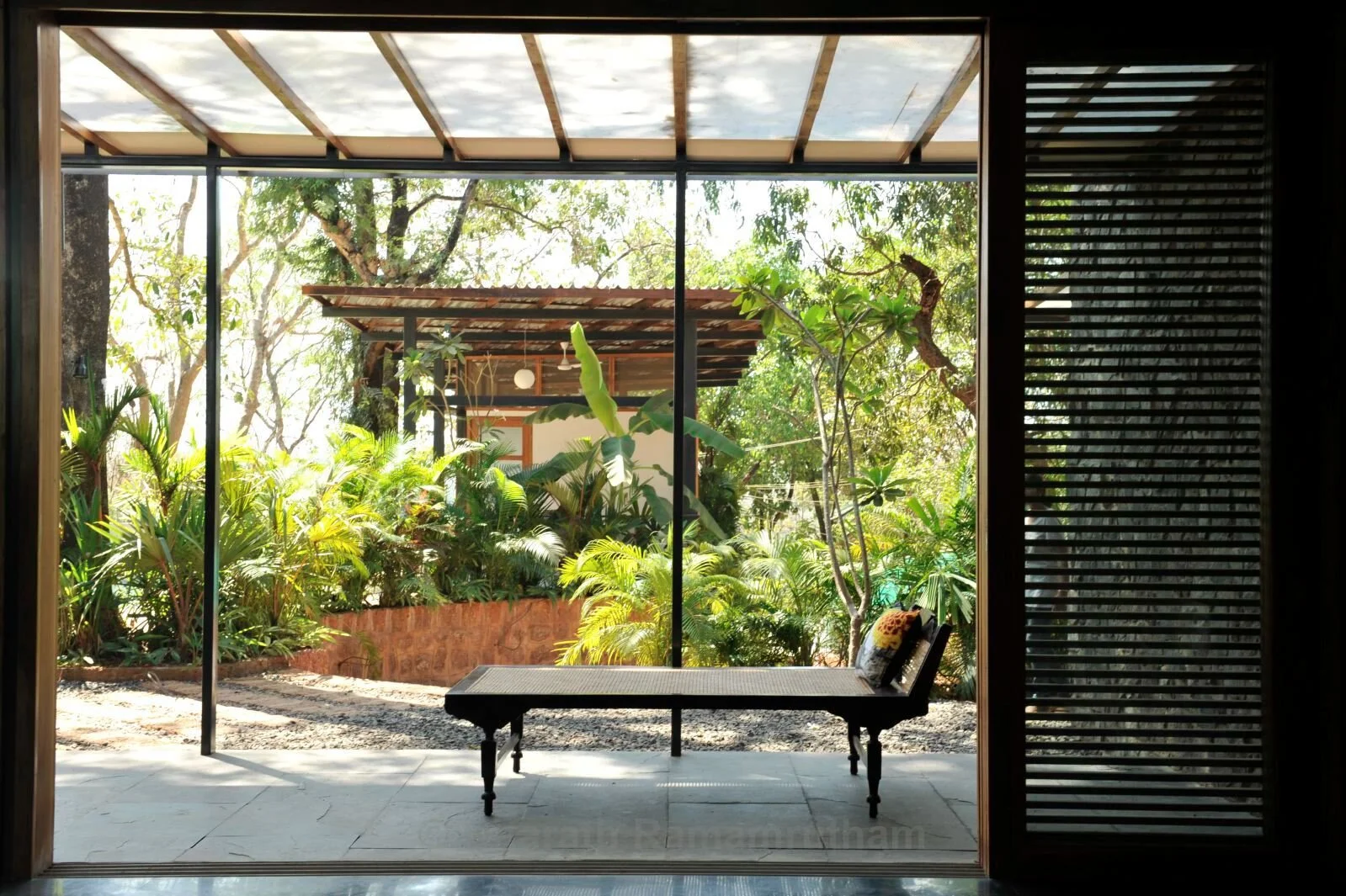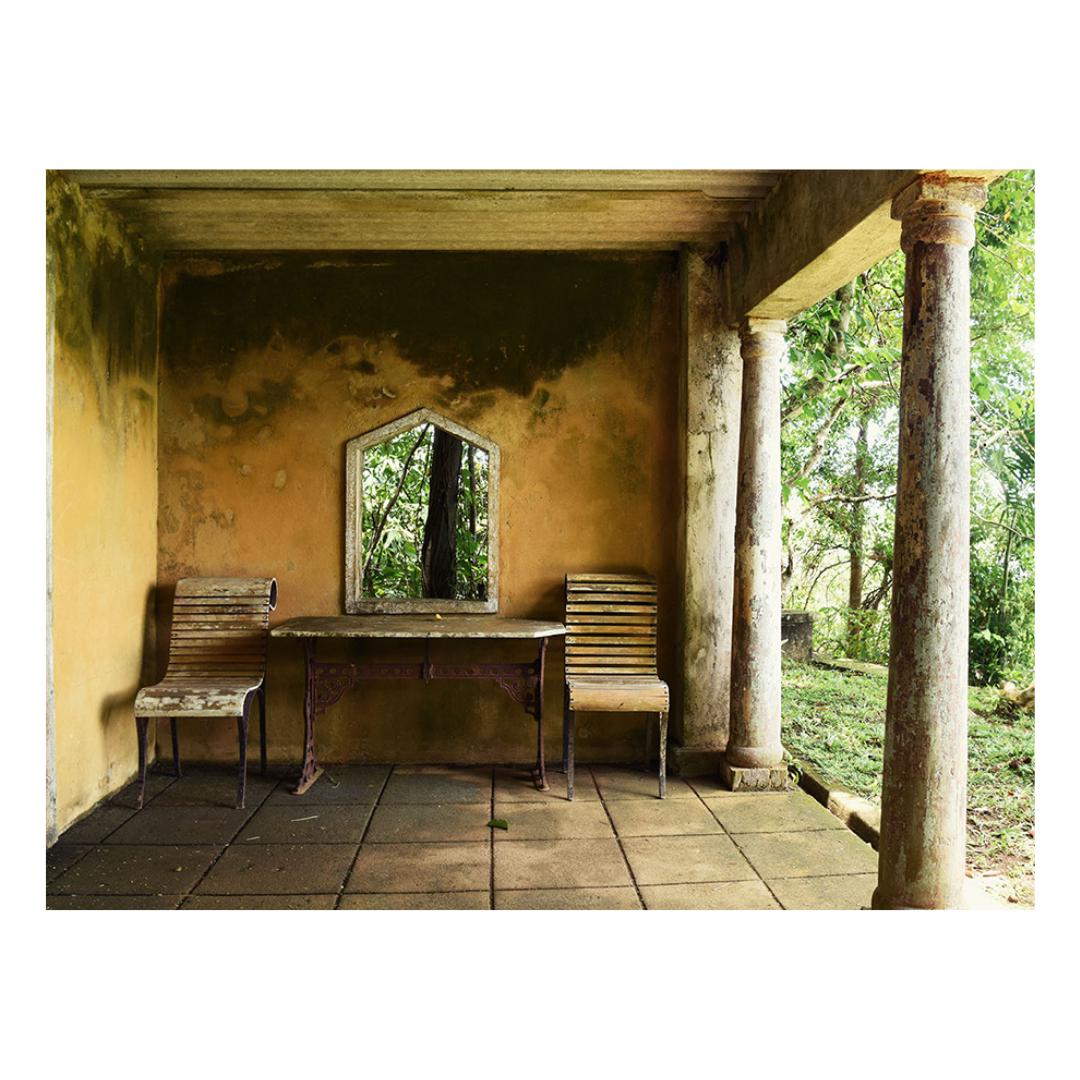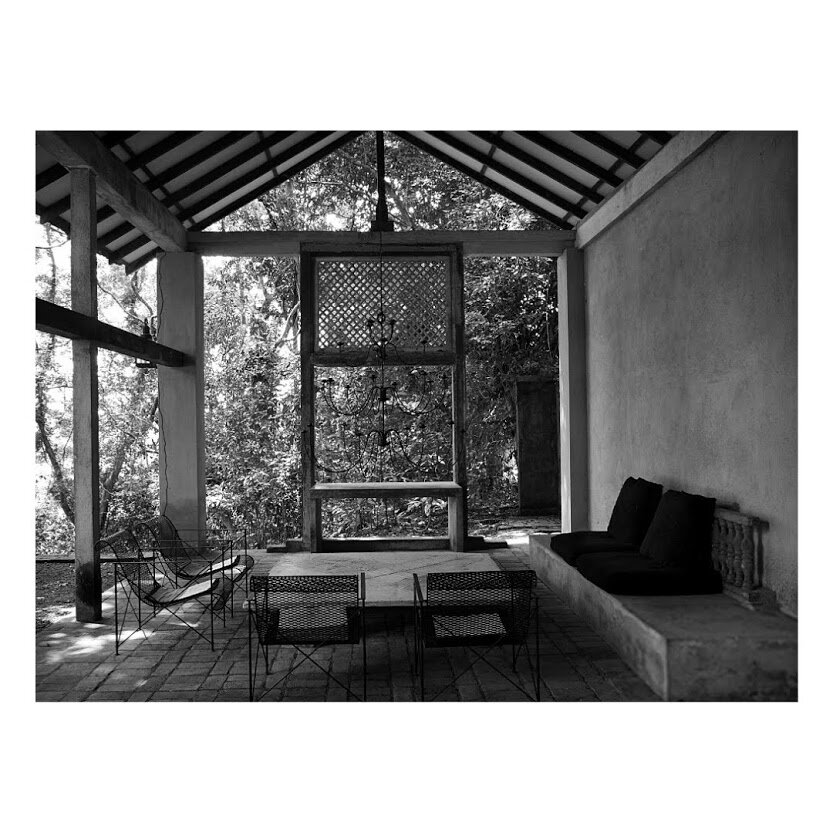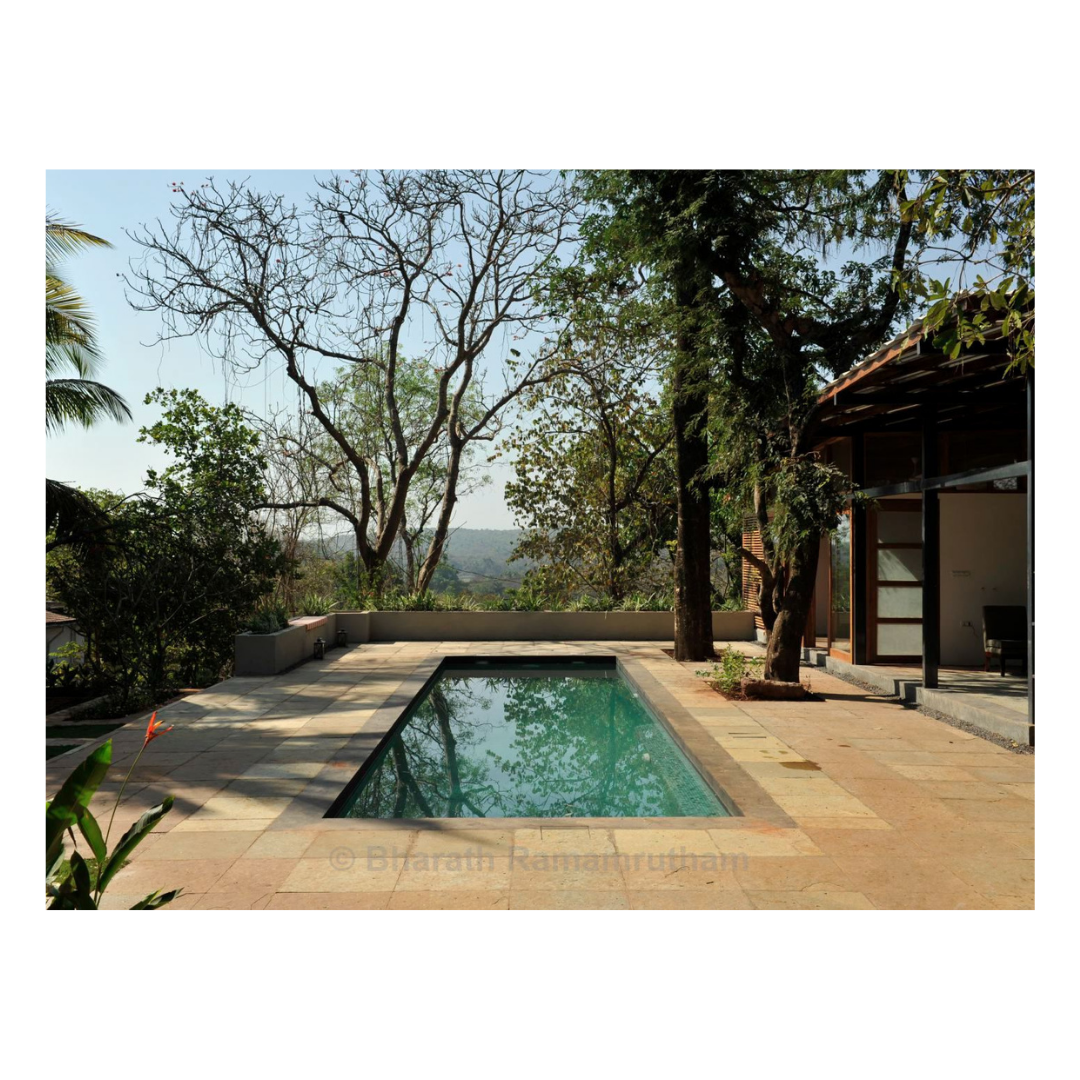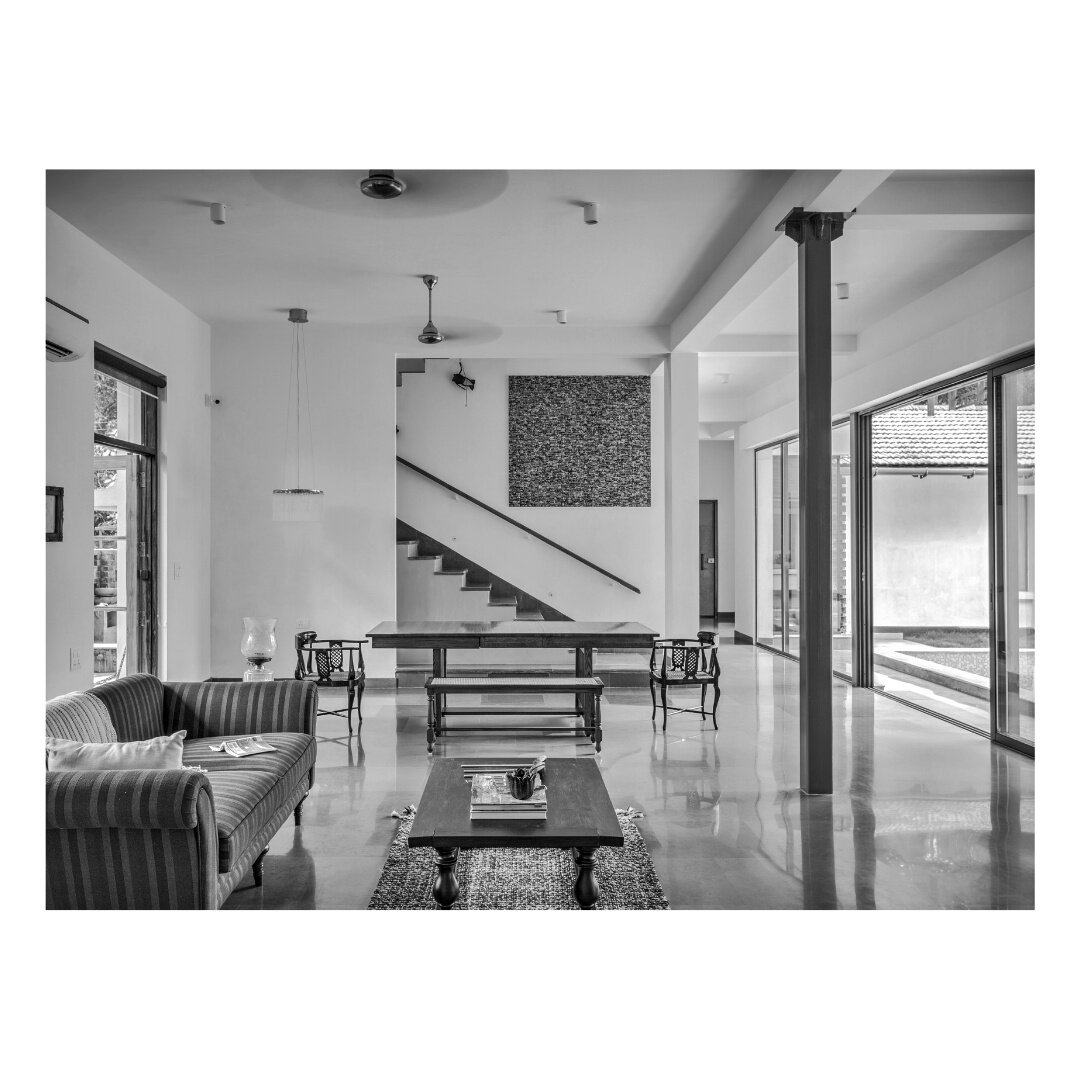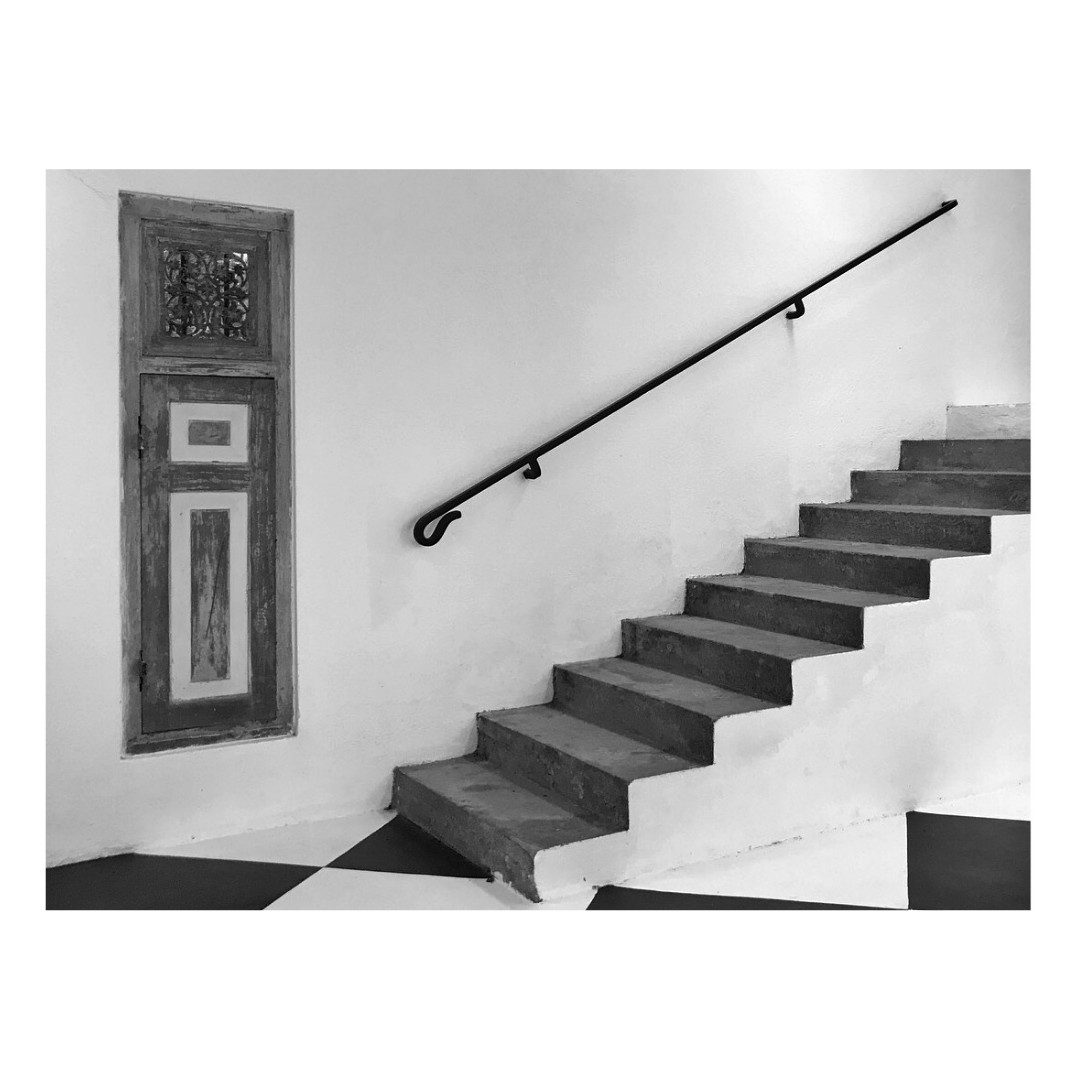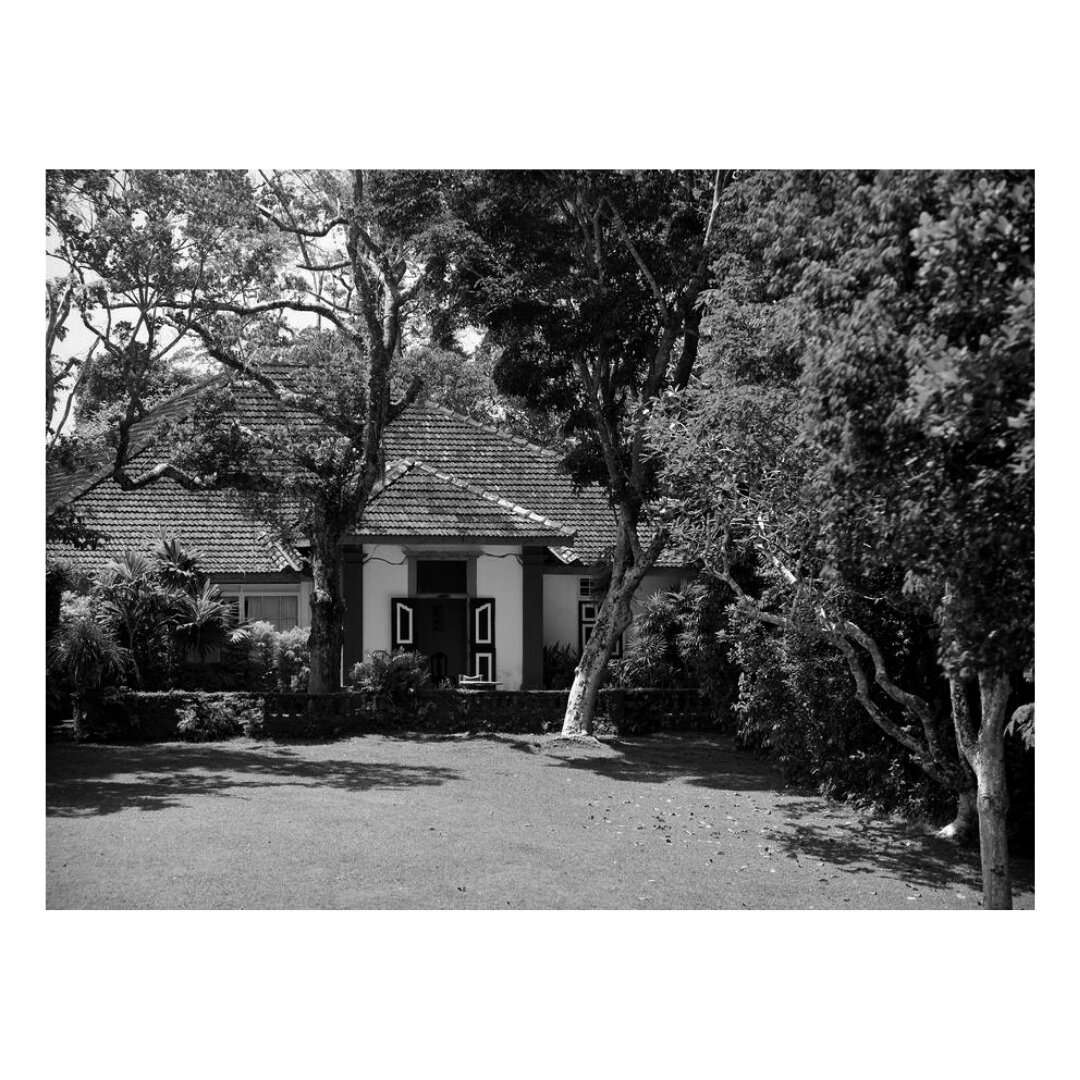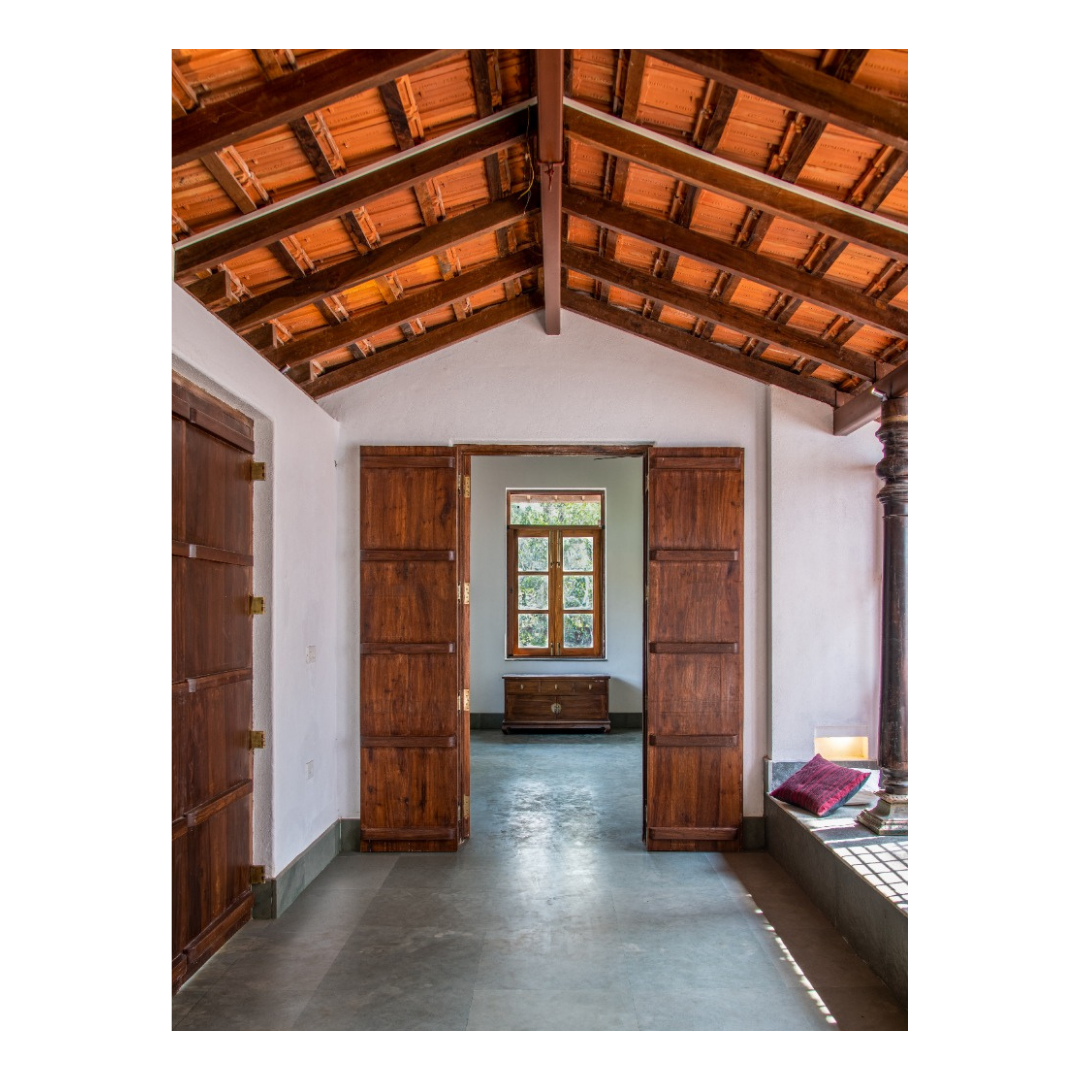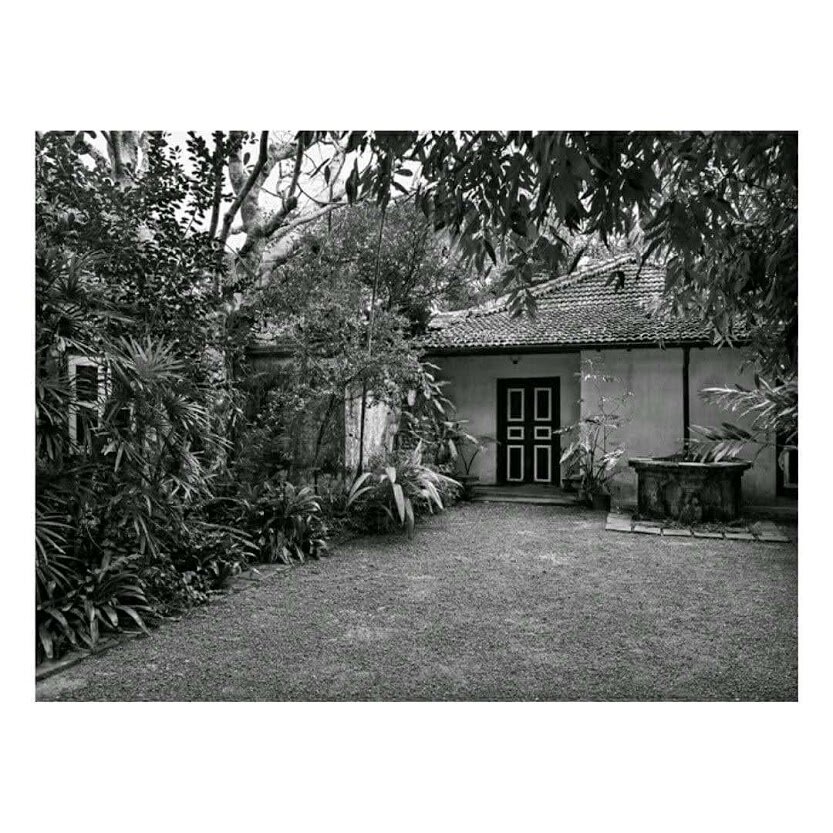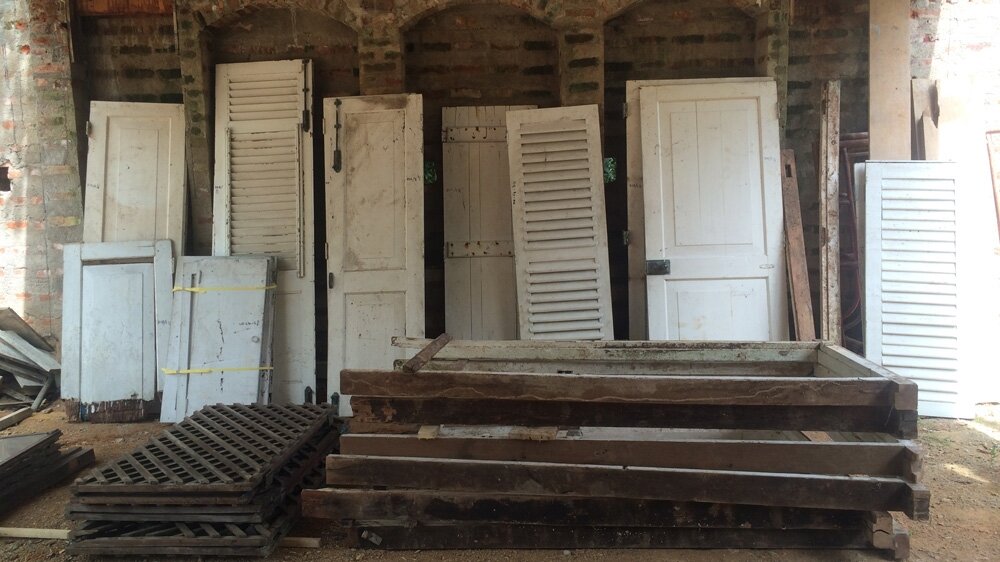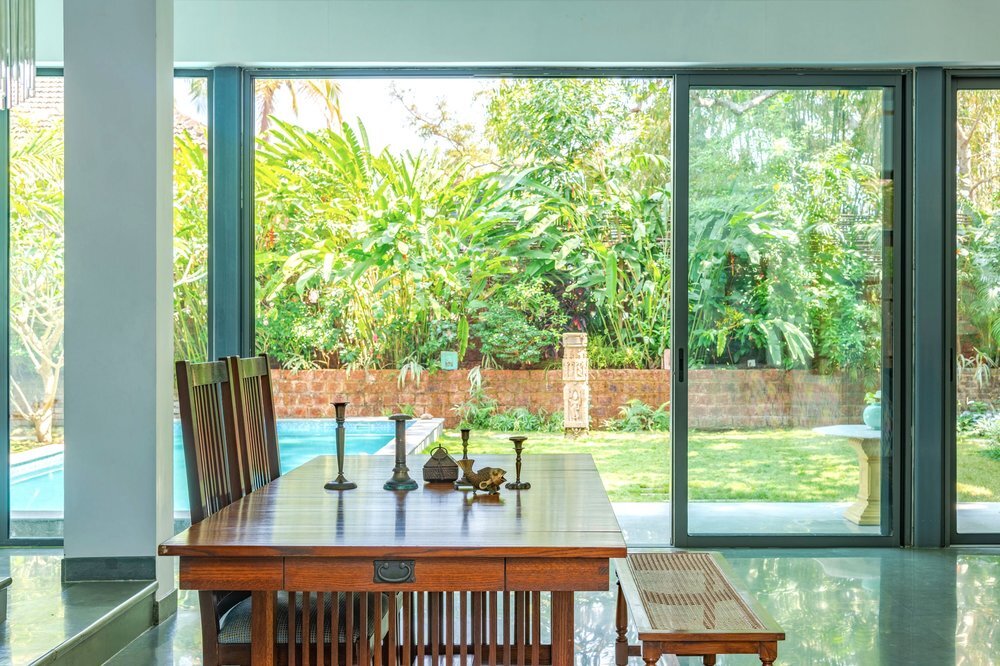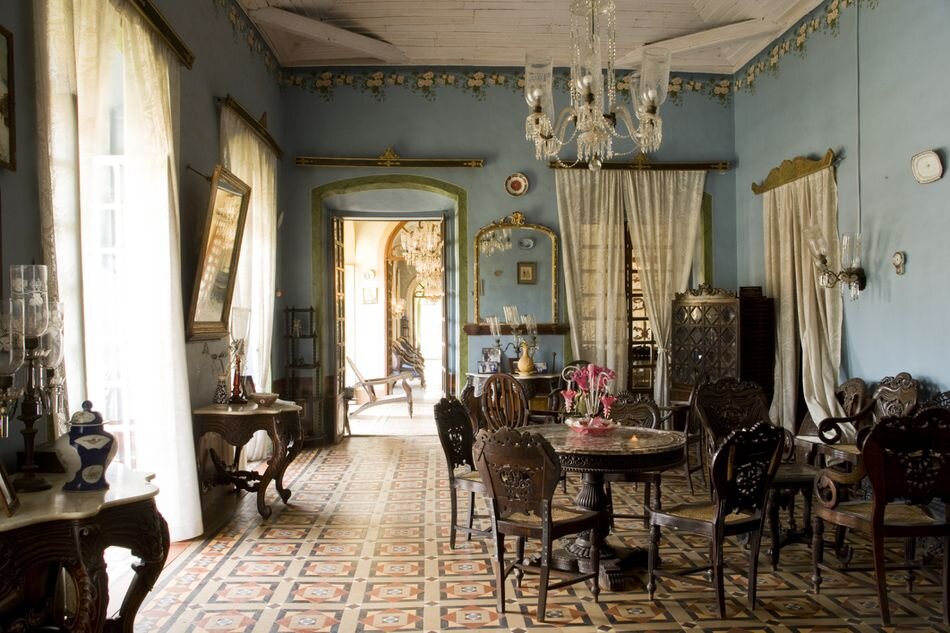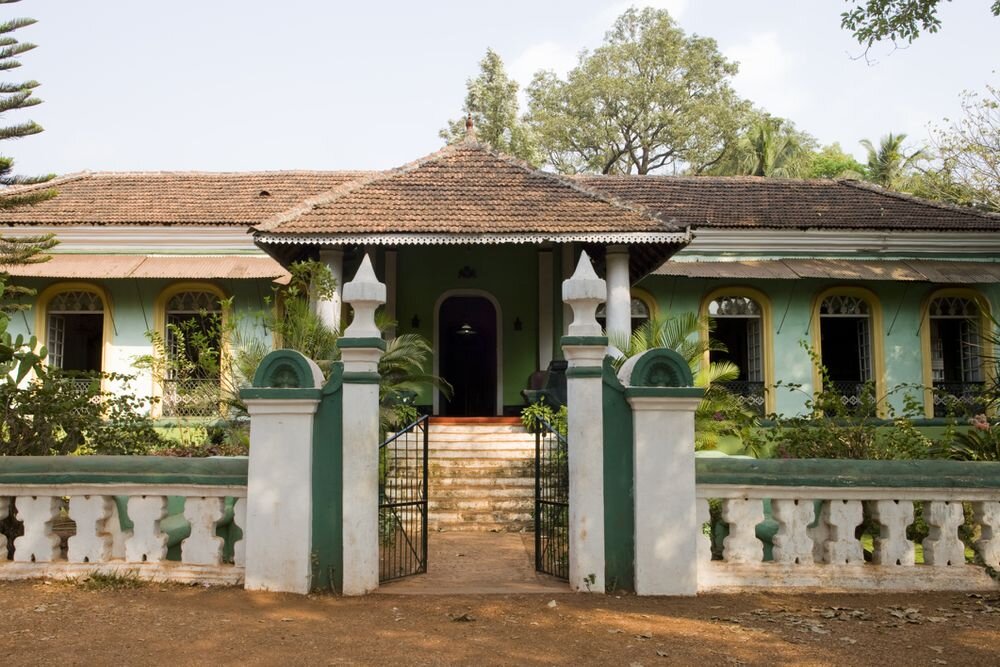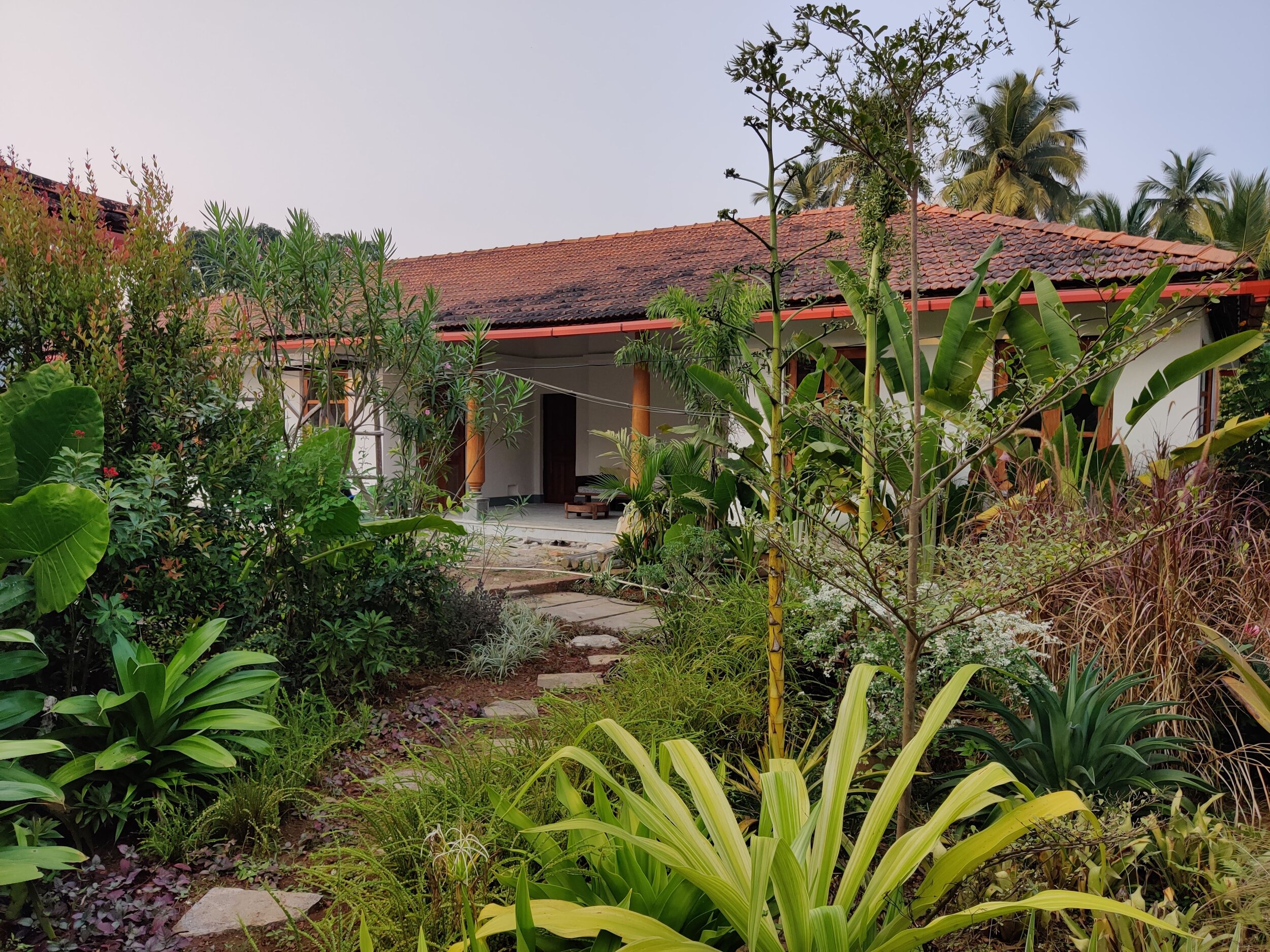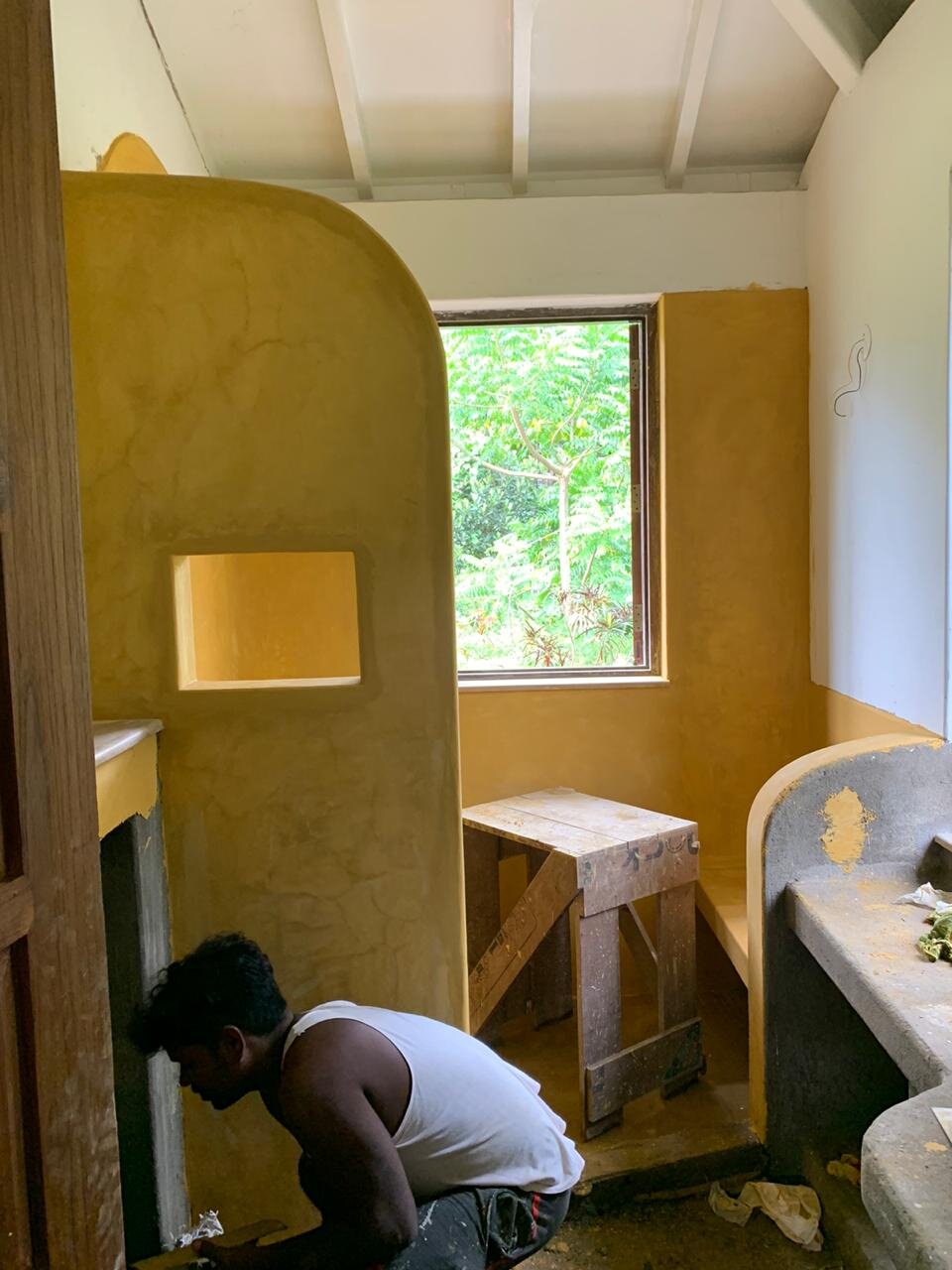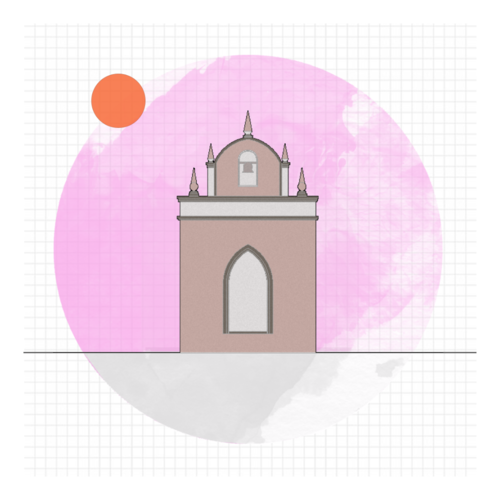My interest lies primarily in doing what I do, with care. As an architect, the way you imagine opening a door, developing a chair, designing the texture of a wall or a floor, is very important. It’s about quality, about the consideration you apply to the making of something. And it’s about being attentive to the environment, the materials, and the inhabitants. It has to be inclusive.
Bijoy Jain
Images of Kapadia House sourced from Airbnb and Pinterest.
As one steps into Bijoy Jain’s Kapadia House in Alibaug, one is instantly witness to poetry through space. Centred around a rustic courtyard grove, the expansive indoor-outdoor spaces of the bungalow flow generously from one to another. The house intimately explores a connection with its trees creating experiences from bark to foliage, as different levels offer varied degrees of interaction with the verdure. With that comes a serendipitous romance with light and shadow, as rays filter through the canopy to make beautiful shifting patterns throughout the day. The house makes liberal use of natural material ranging from rough cut stone to wood, which effortlessly blend into the surrounding landscape while also creating a rustic complement to the otherwise white palette. The careful interplay between texture, form, proportion and light instantly elevate the design from functional to sculptural.

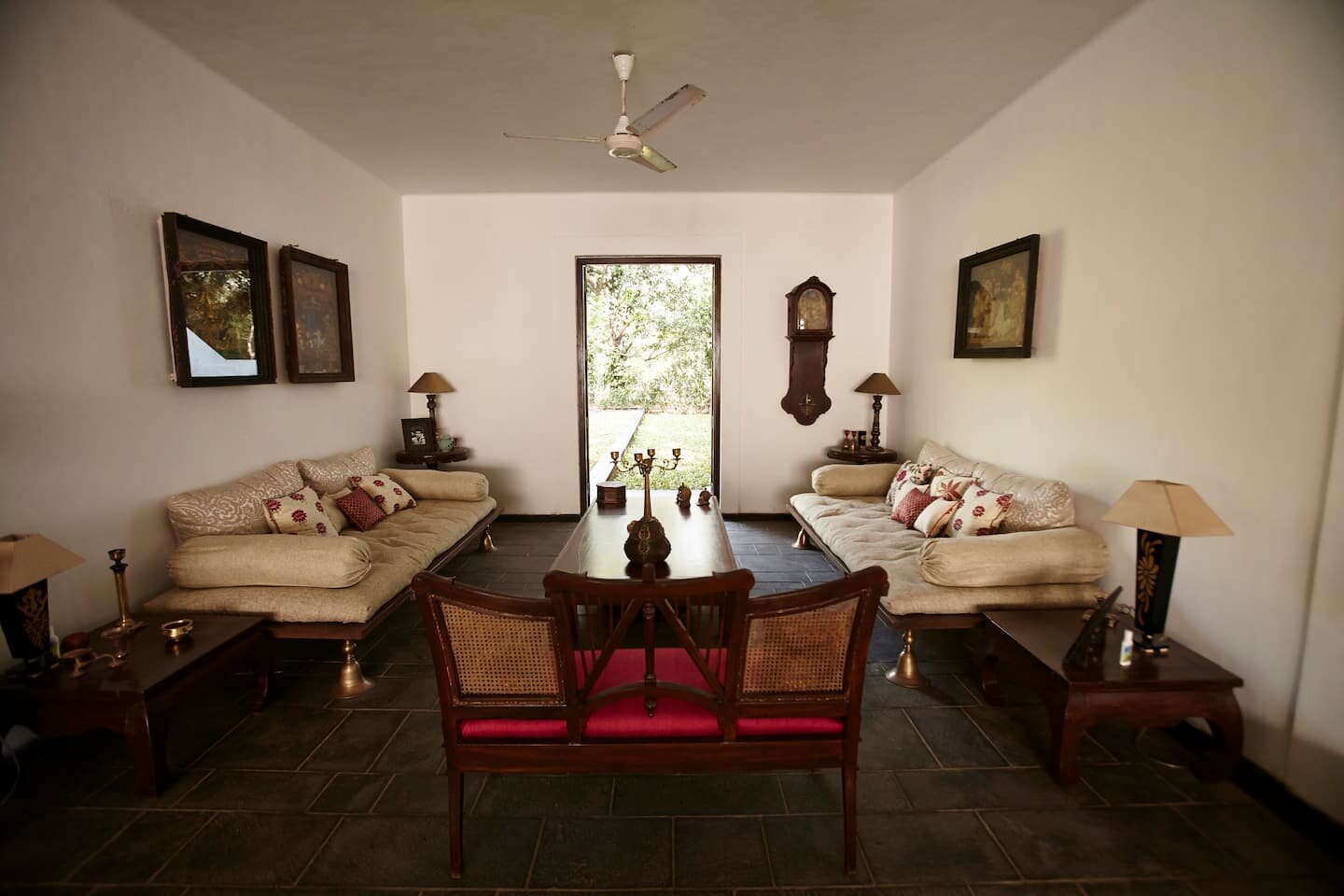
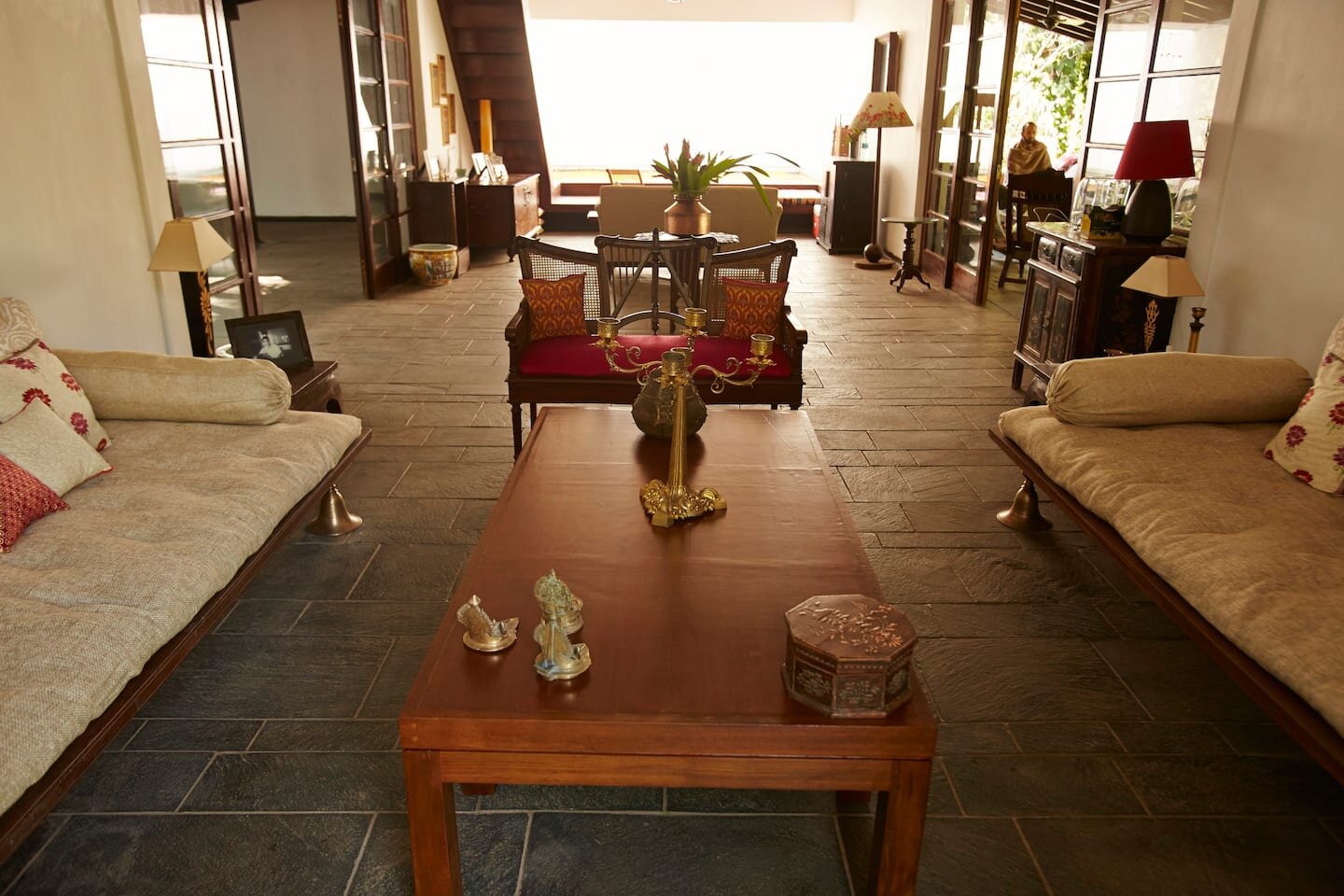
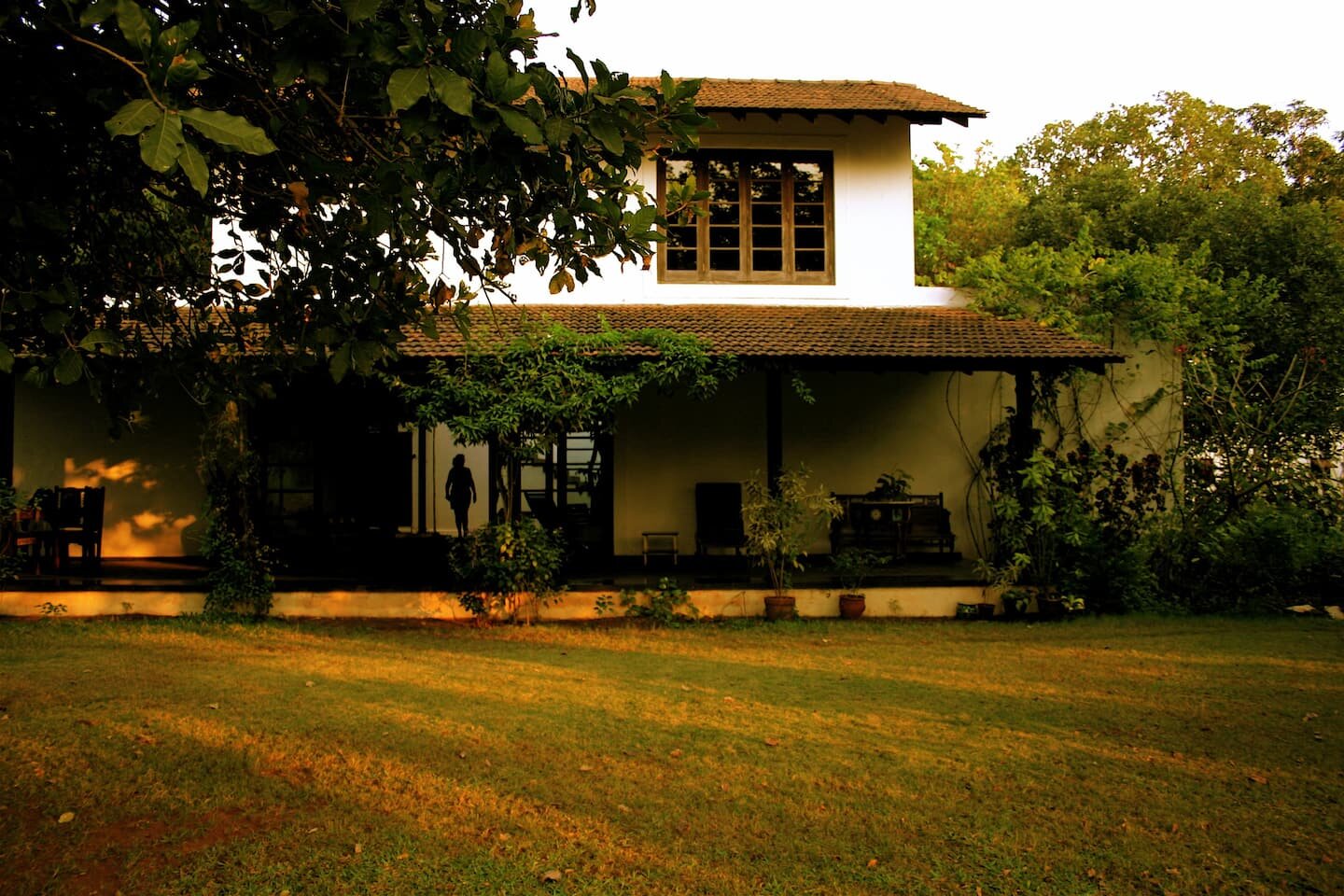
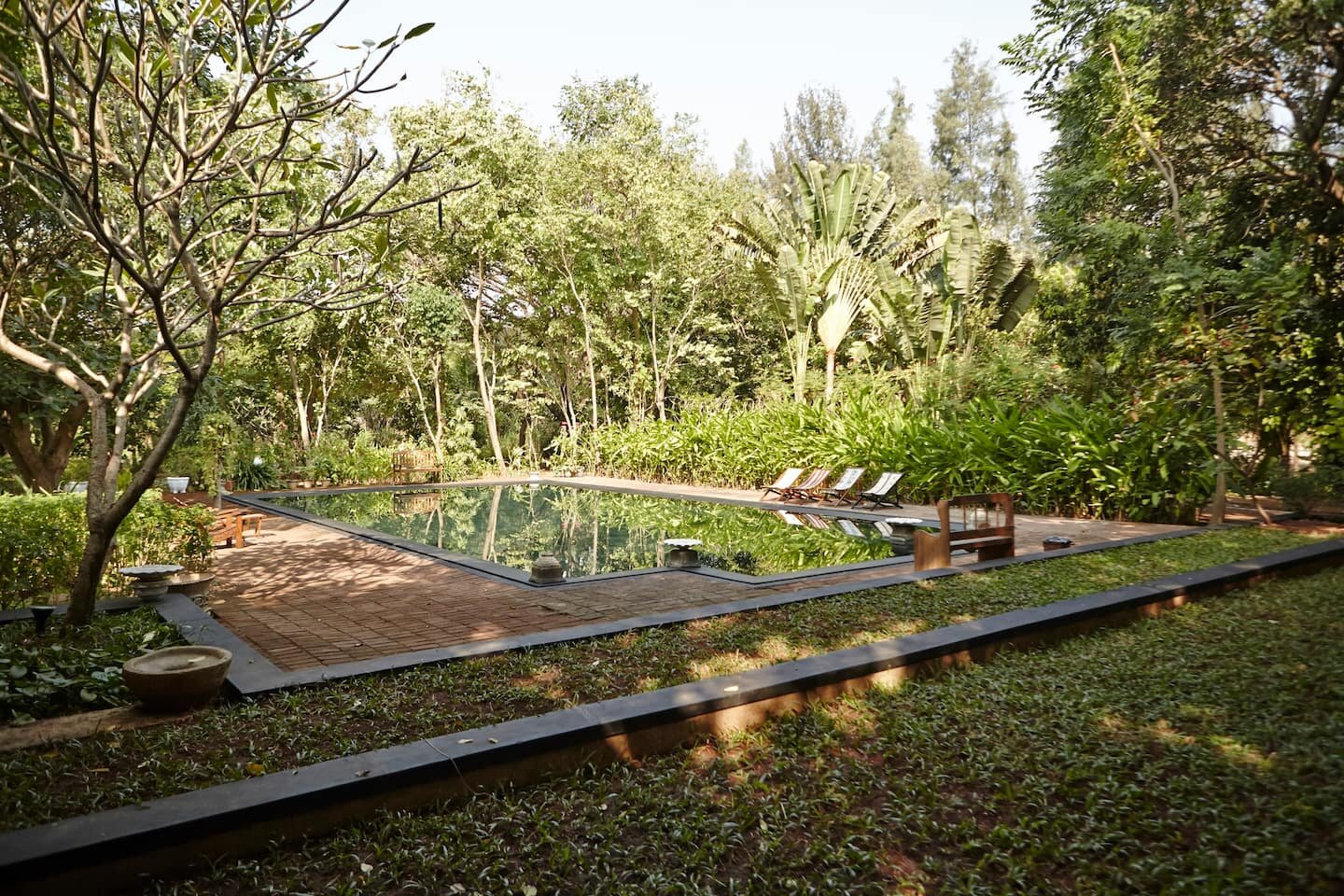
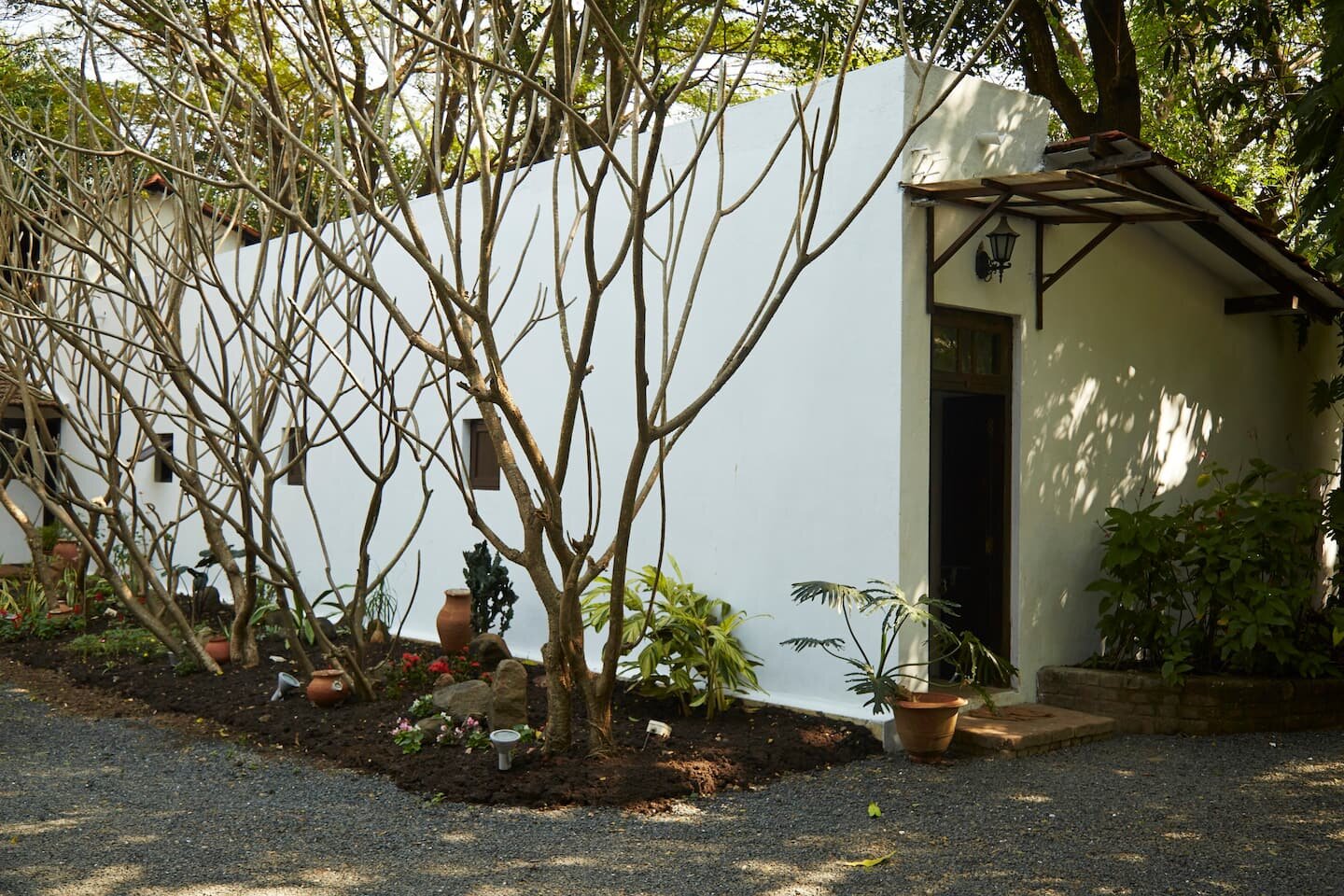
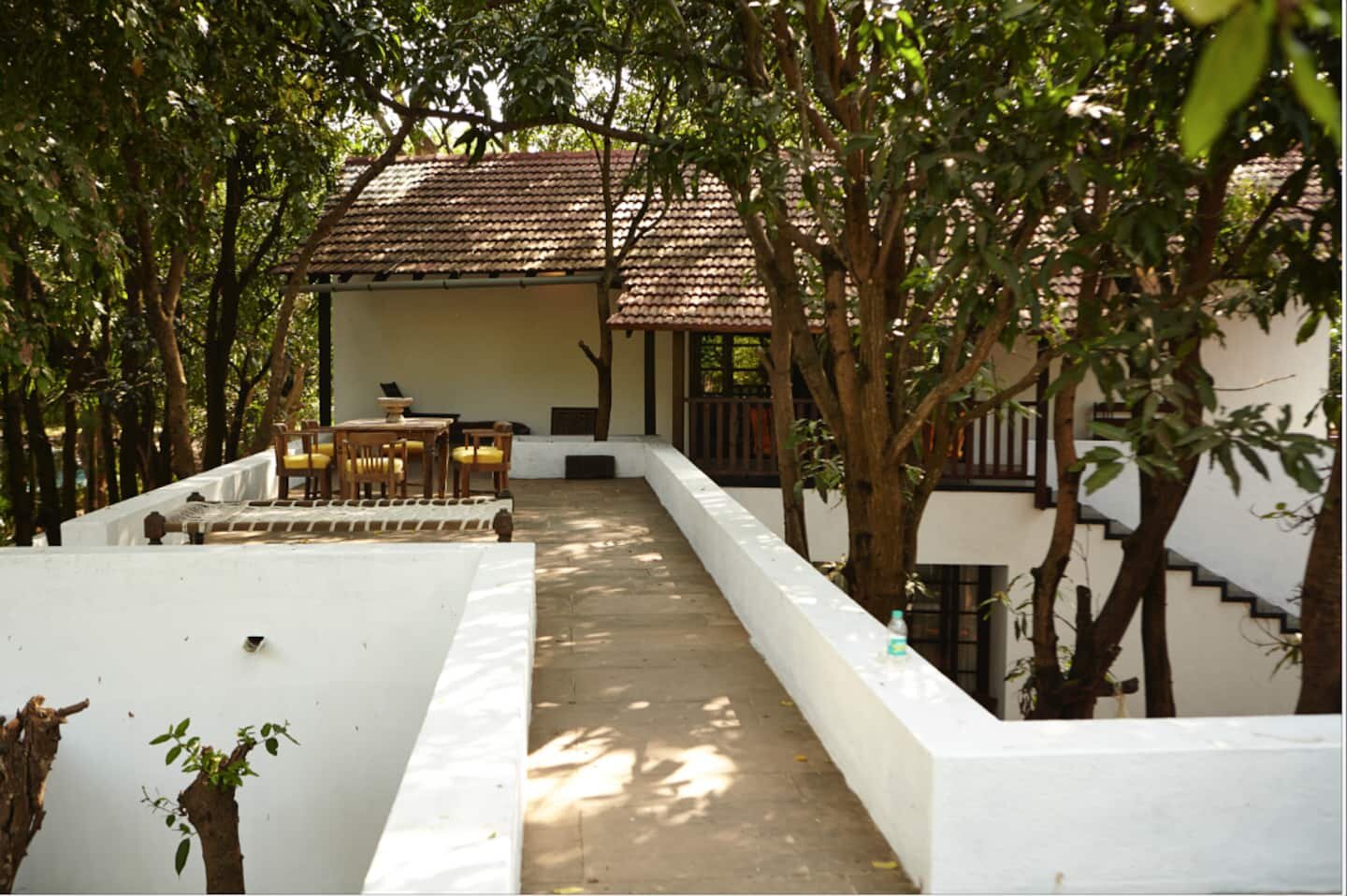

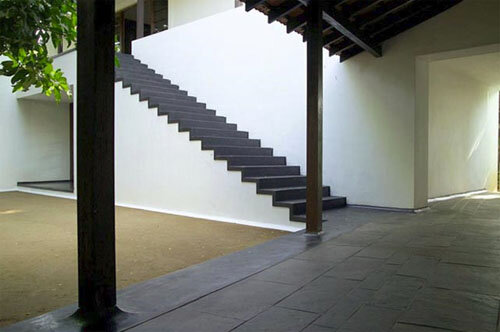
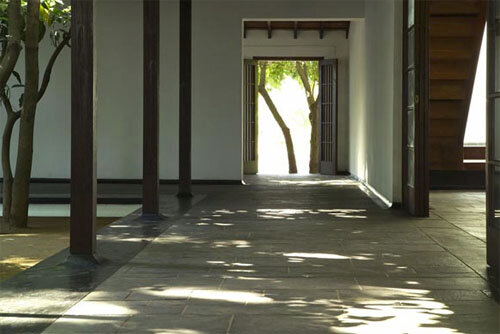
Kapadia House is listed on Airbnb, and is a must visit for any design lover.












